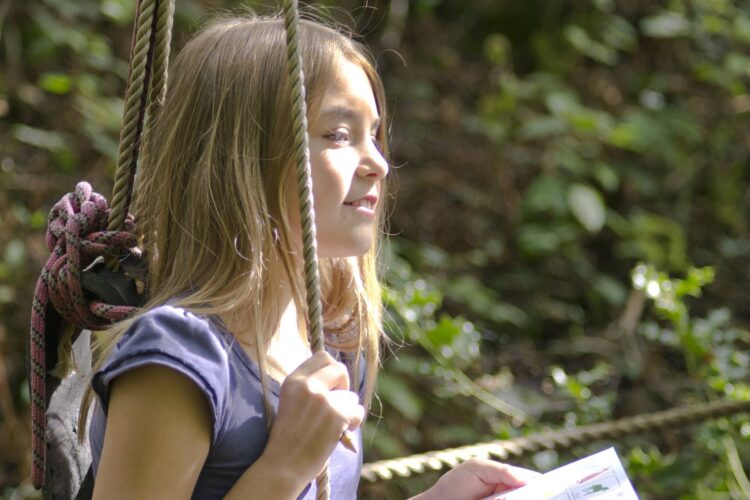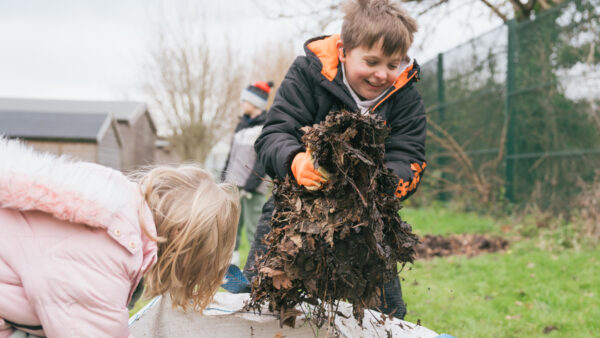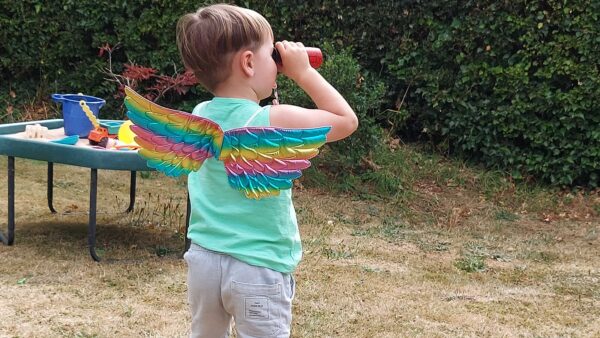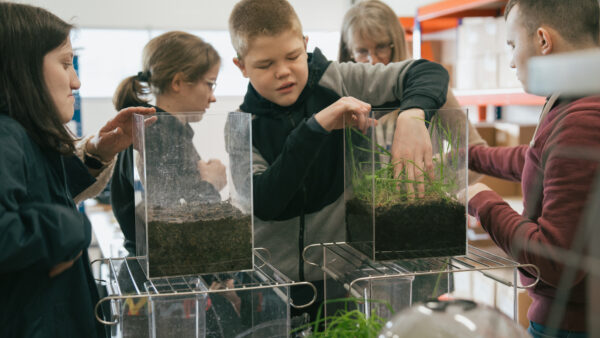A practice that naturalists use to get an understanding of their environment and what is living there is something called a sit spot. This process can be great for each of us to connect with our own spaces and relax into them. In turn enabling us to become in tune with where we are and what is going on around us.
Sit spot is best done on a regular basis, it is recommended to do this every day, however if this is a challenge we would suggest it is done as often as possible. The more time you can give the more you will get out of it!
This technique will also help with something known as attention restoration (Kaplan and Kaplan), a theory that asserts people can concentrate better after spending time in nature. This can be very helpful if you are about to do a more focussed task.
How to go about finding your spot
Make it close to your home
If it is too far away, you won’t be able to go as often as you would like. It could be a spot in your garden, somewhere on your way to or from the shops, or just somewhere nearby.
Wildlife activity
Find a spot that has some animal activity. If you are choosing your own space and it doesn’t currently have much going on, maybe build a bug hotel or a bird feeder.
Safety first
If the space is out and about make sure you are safe. You need to relax into the space and be still. If you do not feel safe or are constantly looking over your shoulder you will not be able to relax.
What to do
Get comfortable
For most of us that means sitting down so find a space with a seat or take one with you!
Turn off your phone
If possible turn your phone off, if not then place it on silent. The more you invest the more you will be rewarded.
Sensory checklist
Go through your senses and see what you can notice. Smell, sound, touch, sight and even taste if there is anything safe to do so.
Notes and drawings
Many naturalists will use a sketch book to take notes or even sketch. This is a good idea to keep a memory of each visit and will help you remember the differences through the seasons. You could pick up a small diary and note things down in that.
Time
If you can, spend fifteen minutes in the space, this will give you time to relax into the space and notice everything. Typically, the sit spot is done as an individual activity but can equally be done in small family or friendship groups. Try to spend some time in silence to begin with, this will also encourage more wildlife to come nearer. Once you have taken in the space, feel free to point things out to each other and talk about what you find interesting. What is different to your last visit, anything new growing, has anything changed colour?
This technique of sitting and spotting can be replicated in different spaces, not necessarily on a regular basis but you can use the same practice when you visit any outdoor space. Take the time to find a lovely spot, get comfortable and take it all in, you’ll be amazed how much more you notice!
The difference in the seasons, the impact of the weather, the differing wildlife, all these things can be absorbed by spending time in the same space repeatedly.



